Starting next week, you can learn some of the Ritchie Boys' secrets at a new museum
CASCADE — The walls are freshly painted. The displays are taking shape. And soon everyone can learn all about Fort Ritchie, from its early days as "Camp Albert C. Ritchie," developed for the Maryland National Guard, through its decades as an Army base to its current redevelopment.
And, of course, the stories that can now be told of the clandestine work of the "Ritchie Boys," whose intelligence training at Camp Ritchie contributed mightily to the Allied victory in World War II.
The new Ritchie History Museum site has been a beehive of activity as the staff prepares for its grand opening June 9. Curator Landon Grove and a team of Ritchie Revival workers were busy applying final touches to the museum, situated among the "finger buildings" on Barrick Avenue when The Herald-Mail caught up with them.
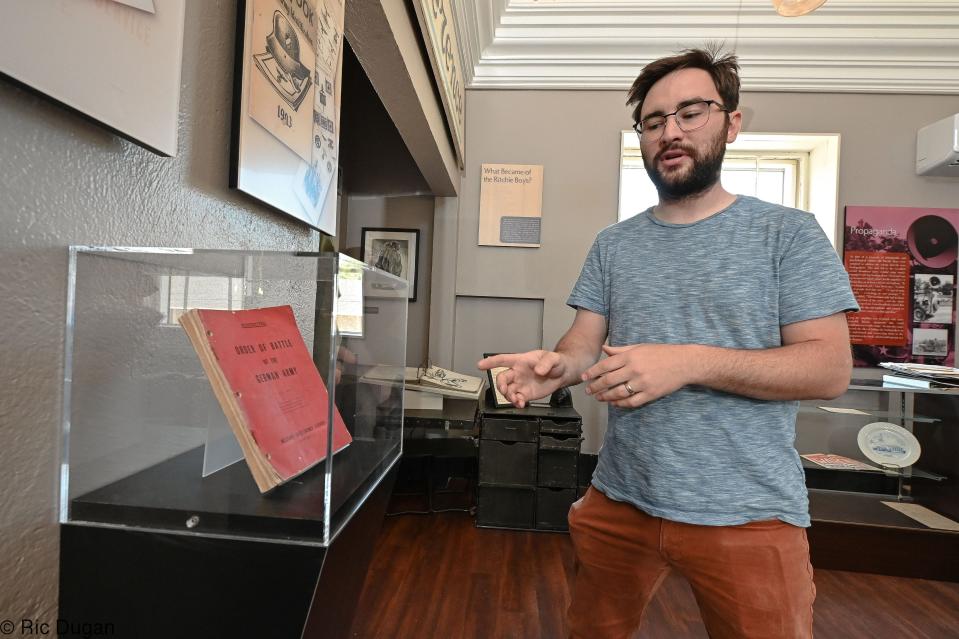
It's filled with artifacts from the fort's past, donated by family members or purchased for the museum when Grove learned of their existence. And even though it's not yet officially open, Grove is already planning for the museum's expansion into a second building.
Visitors will find letters, photographs, clippings, uniforms, gadgets and manuals as well as a few interactive displays. And there's a large Korean War exhibit by the Korean War Veterans Association Antietam Chapter 312. Before they leave, visitors can purchase a shirt or a book — including a comprehensive history of the Ritchie Boys called "Ritchie Boy Secrets," written by Chambersburg, Pa., academic Beverley Driver Eddy.
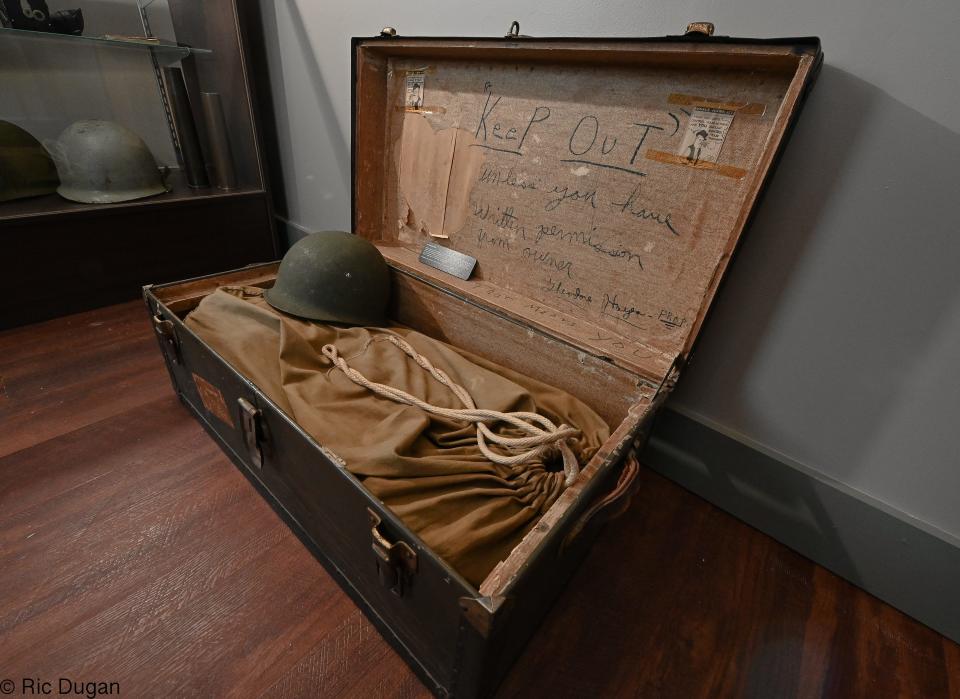
"It's been kind of crazy, because you think about all the items that have been donated before we've even opened up," Grove said, "and so to now see everything in the cases and everything come to fruition, it's pretty exciting."
The museum has been in the works since developer John Krumpotich purchased most of the former fort two years ago. It had a temporary home in the Fort Ritchie Community Center, which was not part of Krumpotich's purchase.
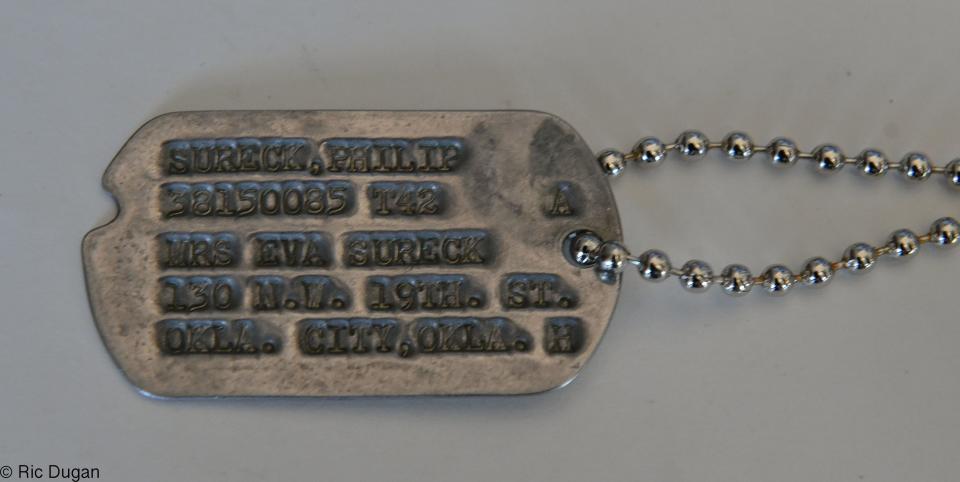
Now that it's opening, interest in the museum is soaring. "We've gotten calls from the Carolinas, Minnesota, people are coming out — so I think we're gonna be inundated the first day," Grove said.
News of the museum's development also generated a plethora of artifact donations. Maryland National Guard items, dioramas of the fort made for the bicentennial in 1976 — even items from Pen Mar Park, which is practically on the fort's doorstep, have become part of the collection.
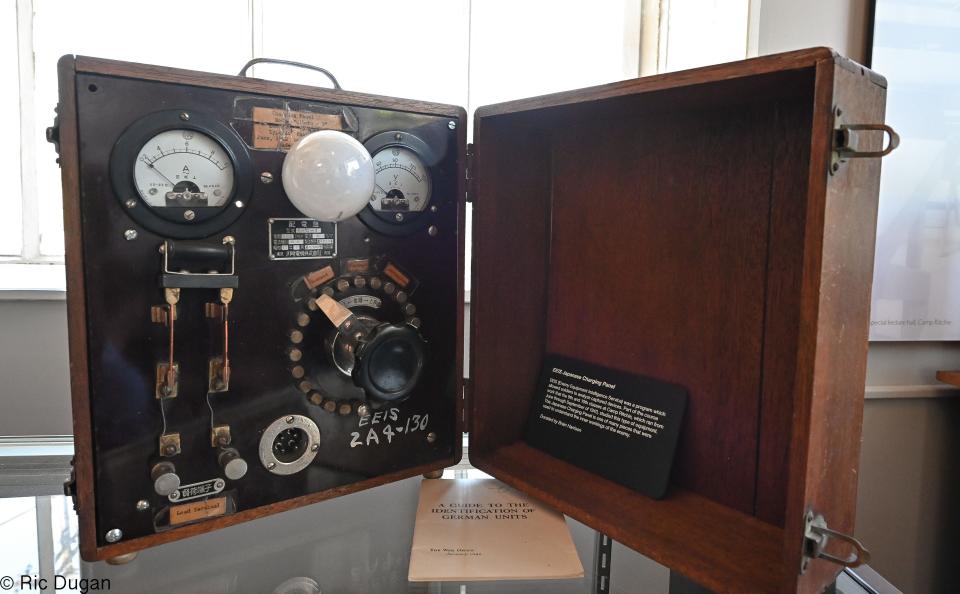
"People just come out of the woodwork and contact me" with artifacts to donate, Grove said.
How a mountaintop camp became a secret intelligence center
The museum displays the first shell fired at Camp Ritchie in 1926, and as it is housed in the former Barrick Memorial Library, there's a place of honor for Lt. Col. Robert F. Barrick, who originally designed the camp for the Maryland National Guard.
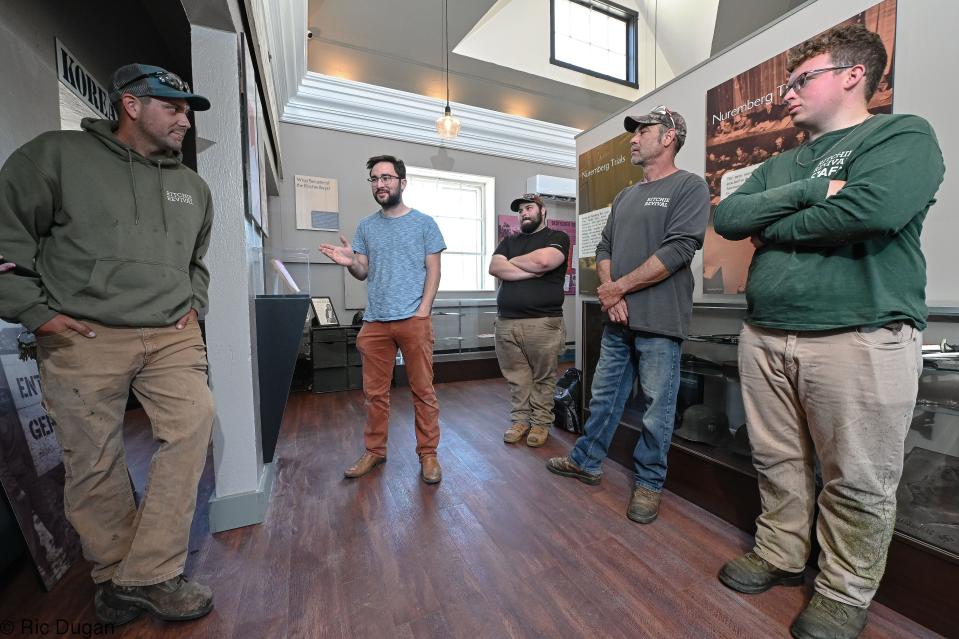
The camp was named for Gov. Albert Cabell Ritchie, who served four terms as governor from 1920 to 1935. Built on the site of the former Buena Vista Ice Co., which developed manmade Lake Royer and Lake Wastler on the property, as well as a rail spur and telegraph line. These improvements attracted the Maryland National Guard to the site for a training camp after Buena Vista went out of business.
Barrick designed the stone buildings that permeate the site, and he served as the project's superintendent.
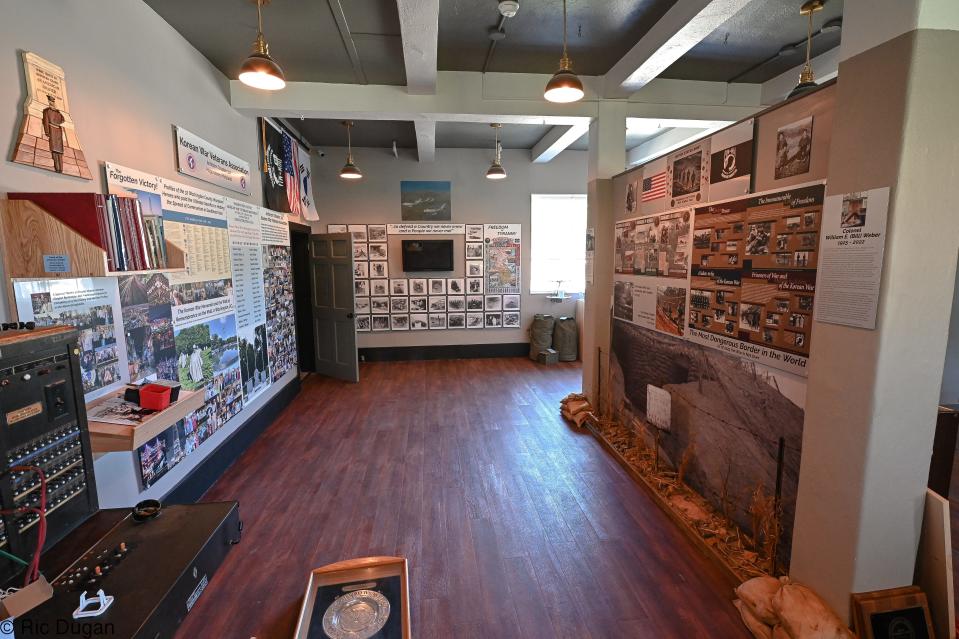
After the attack on Pearl Harbor thrust the United States into World War II, Ritchie began a new chapter as an official Army post that provided secret intelligence training to both American soldiers and refugees from other countries.
These activities are at the core of the museum's displays. Thousands of intelligence troops were trained at the camp, and mementos both of there time at Ritchie and their service afterward — some in combat, some in interrogation, some in prosecution of war crimes — are among the artifacts Grove has assembled.
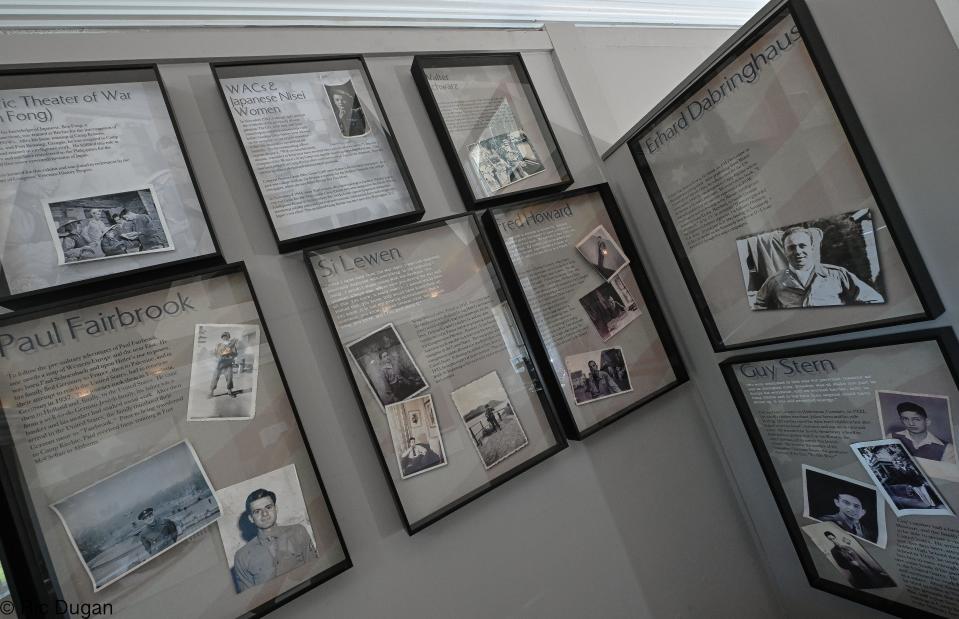
There are training manuals, diplomas, schedules, dog tags and personal belongings — some of which Grove found on Ebay — as well as interrogation notes from a Ritchie Boy that probably should have been destroyed.
Ritchie hosted more than 500 Japanese-Americans, known as "Nisei," who were part of the Pacific Military Intelligence Research Section. They translated captured documents and conducted other research to aid the war effort in the Pacific theater. About 40 of the Nisei were women, Grove said. In fact, for all the attention given to the "Ritchie Boys," the camp trained about 200 women, he said.
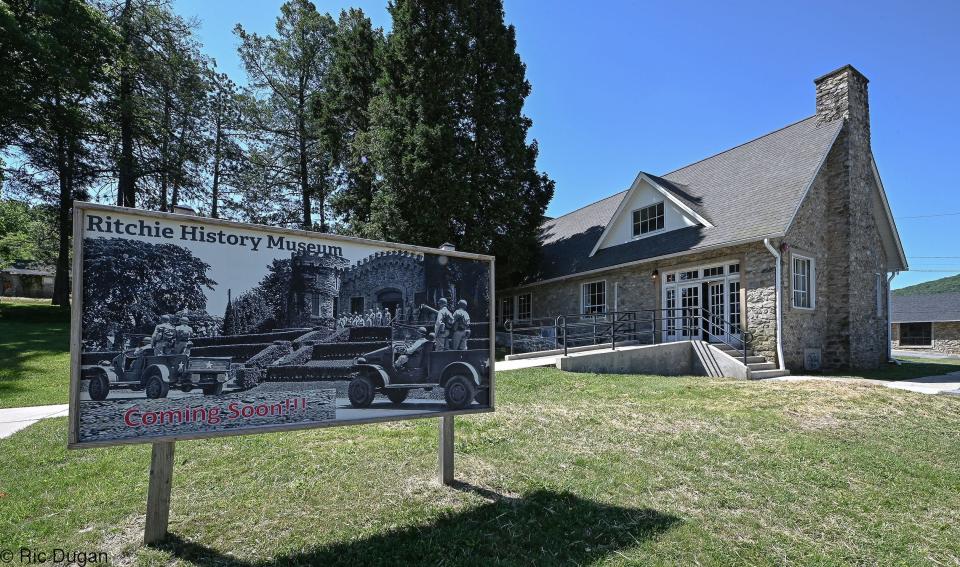
One Nisei translator, reaching into a crate of documents marked "no military significance" that had been captured in Saipan and brought to Ritchie, pulled out what he thought was a textbook.
"But it was a meeting minutes of notes of all the armories in Japan," Grove said. "And it listed how many weapons Japan had, how many spare parts they had, it gave the names of the manufacturers, it gave the address of the manufacturers. And it also indicated that Japan had half as many weapons in '44 as it did in '43 — none of which was known by the U.S. Army at that point.
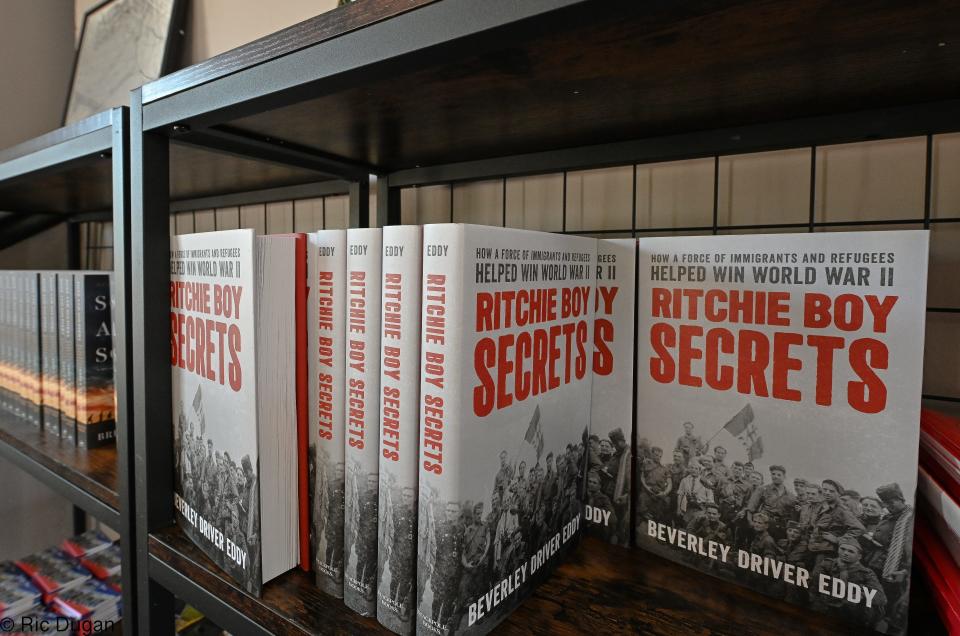
"So he immediately went to the company commander and pressed the importance of it, and then they worked around the clock translating that document."
More than half the intelligence gathered during the war was the work of Ritchie trainees. "This was one of the most important military installations during World War II; there's no question in my mind about that," Grove said. "It's so important to preserve this history."
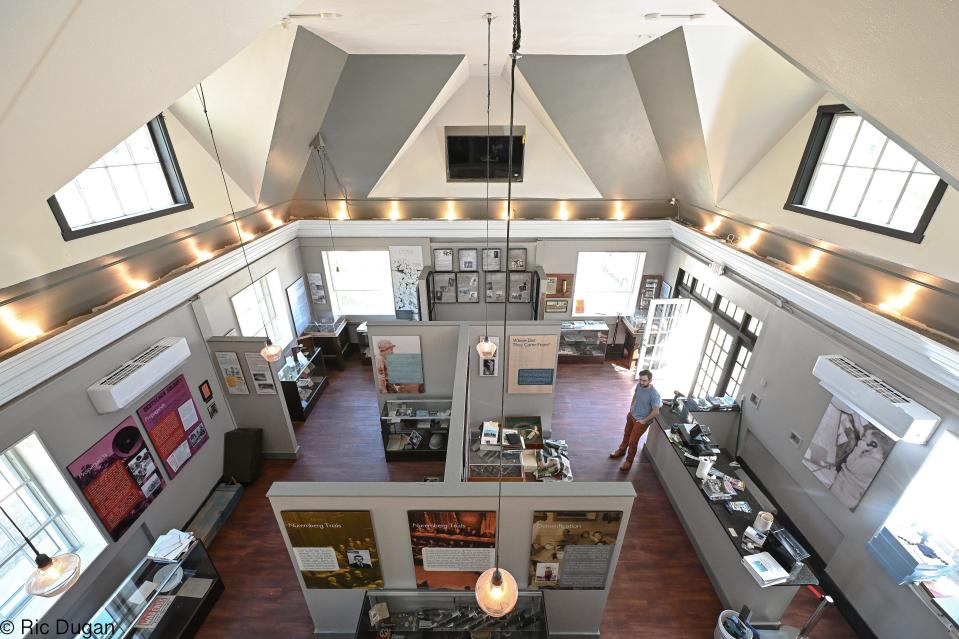
The Allies would eventually have won the war even without the work done here, Grove believes, "but it's hard to say how much longer the war would have taken. And those key elements the Ritchie Boys brought to the war are something that just can't be quantified."
Ritchie recruits came from all over — some had been interred in "relocation centers" for Japanese-Americans here in the states. Many were refugees from Nazi Europe. Martin Selling, for example, had been rounded up during Kristallnacht and sent to the Dachau concentration camp. He was released and fled to the United States, where he became a Ritchie Boy. He later interrogated Nazi prisoners of war.
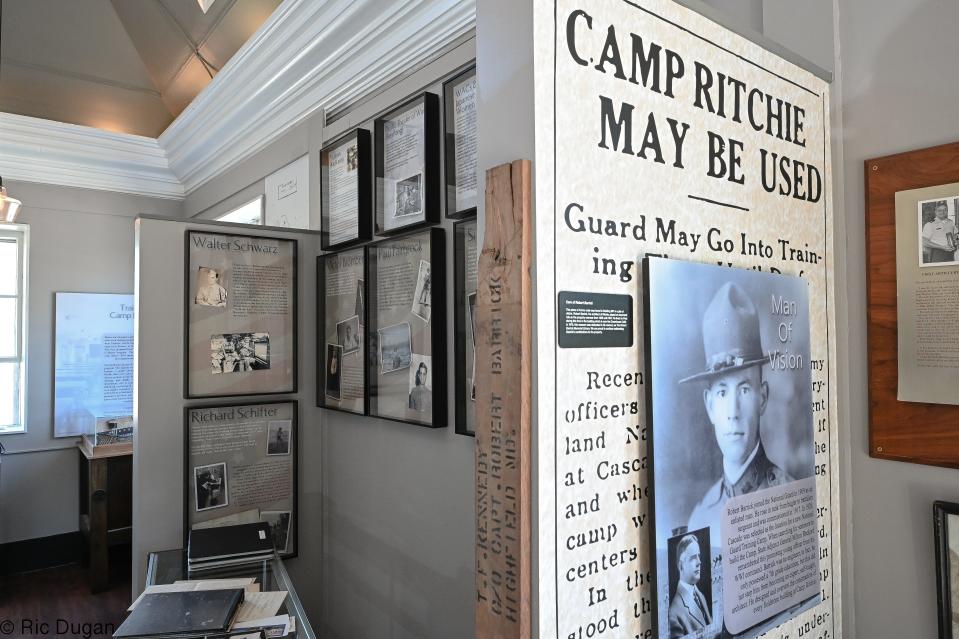
Selling "was asked by a German officer where he learned his interrogative skills," Grove said, "and he responded, 'In Europe, in Dachau, as a prisoner.'"
From the war to the Ritchie you remember
The camp initially reverted back to the Maryland National Guard after the war ended, but was purchased for the Army at the time of the Korean conflict.
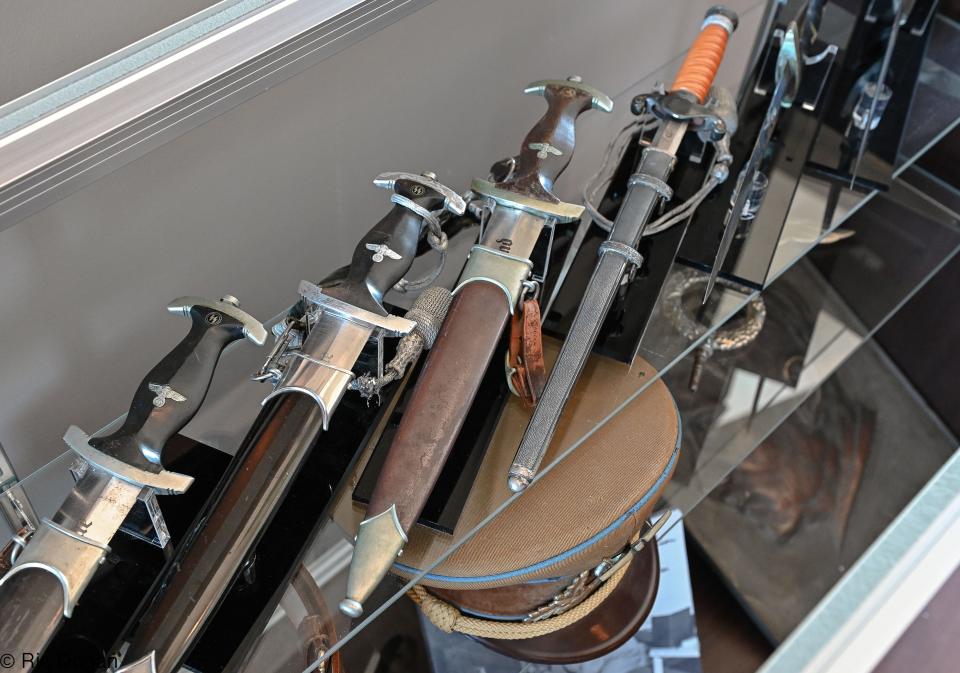
"You're starting to see what we're fighting for change a bit, in this case defeating communism," Grove said, leading to the development of Site R at nearby Raven Rock Mountain as a potential command center "with the threat of communist countries attacking us with nuclear warfare."
That's when Camp Ritchie became Fort Ritchie.
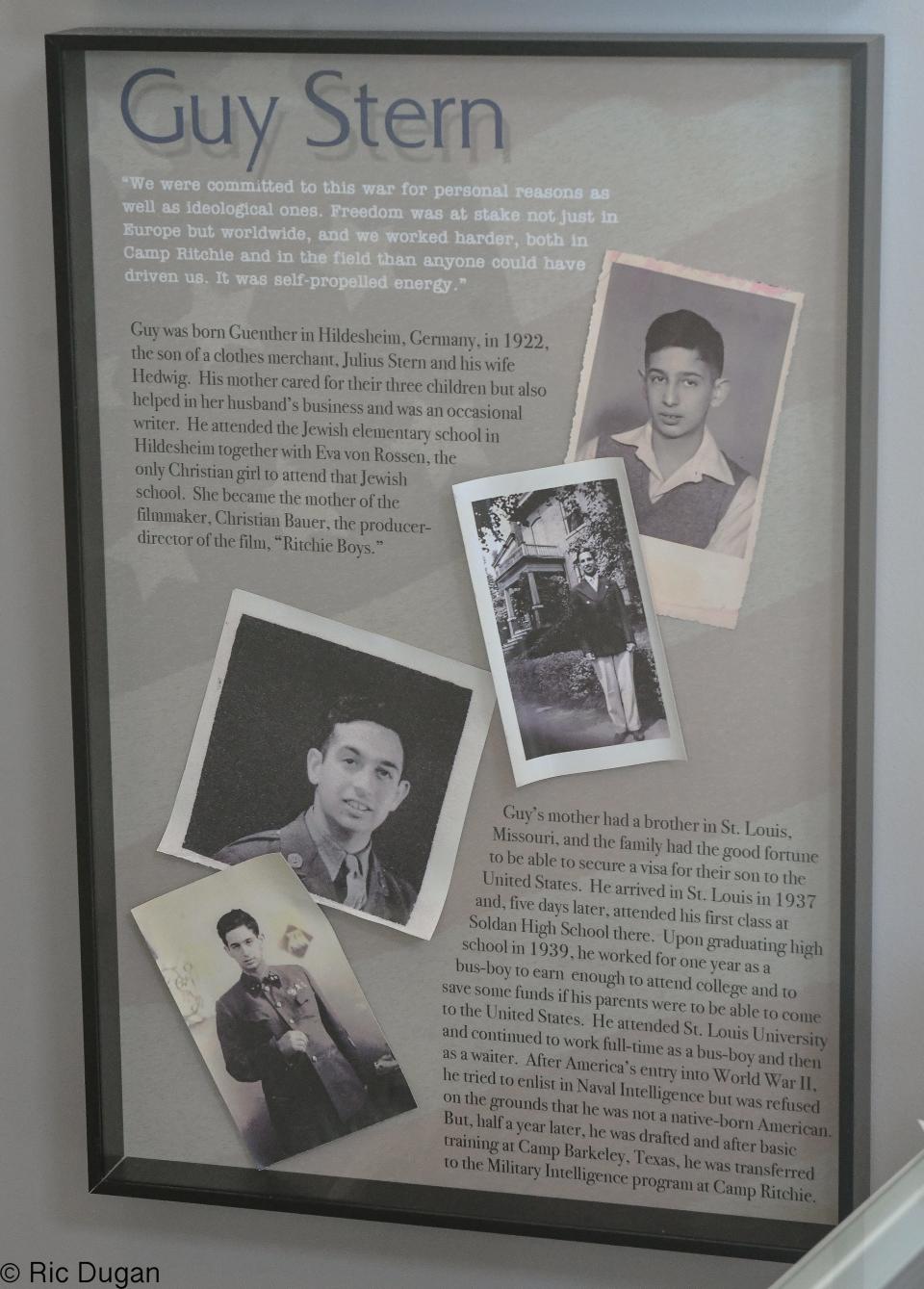
Intelligence training was conducted here again, but "eventually it shifted to more communications, like the 7th Signal Command's mission was."
During its years as an Army installation, the fort had a number of prominent visitors. President Dwight Eisenhower's presidential papers were stored at Ritchie, so when he needed to consult them for his own writings, he'd travel to Ritchie from his farm in Gettysburg.
"An MP would stand and watch him analyze his own documents," Grove said, "and then he packed them away … he couldn't take them home."
And President Jimmy Carter worshipped in the chapel at the fort, the same chapel where some Ritchie soldiers were married over the years.
Fort Ritchie provided support for the Raven Rock complex until those duties were transferred to Fort Detrick in 1997 as part of the Base Realignment and Closure Commission's recommendations. Fort Ritchie closed in 1998.
Grove is hoping to acquire more artifacts from the later years of the fort. Someone recently donated a Vietnam era helmet, he said, and there are Raven Rock mementos in the collection. Jeremy Churnesky, who is part of the Ritchie Revival staff, proudly pointed out the uniform of his father, who was head of security at Ritchie in the early '90s, and then went to Site R.
"I've been here my whole life," Churnesky said. "I've seen it in its heyday, I've seen it when it was all abandoned. And it's an honor to bring it back."
Churnesky and the rest of the Ritchie Revival team have been critical to getting the museum off the ground, Grove said.
And they're ready for the next Ritchie project.
"We have a great team," Churnesky said. "We just can't stop. We keep on going."
If you go The Ritchie History Museum's grand opening is scheduled at 12:30 p.m. June 9, and will be open until 5:30 p.m. that day. Beginning June 12, the museum will be open weekdays from 10 a.m. to 4 p.m., and from 8 a.m. to 10 a.m. by appointment.
This article originally appeared on The Herald-Mail: New Ritchie History Museum tells Fort Ritchie's story.

